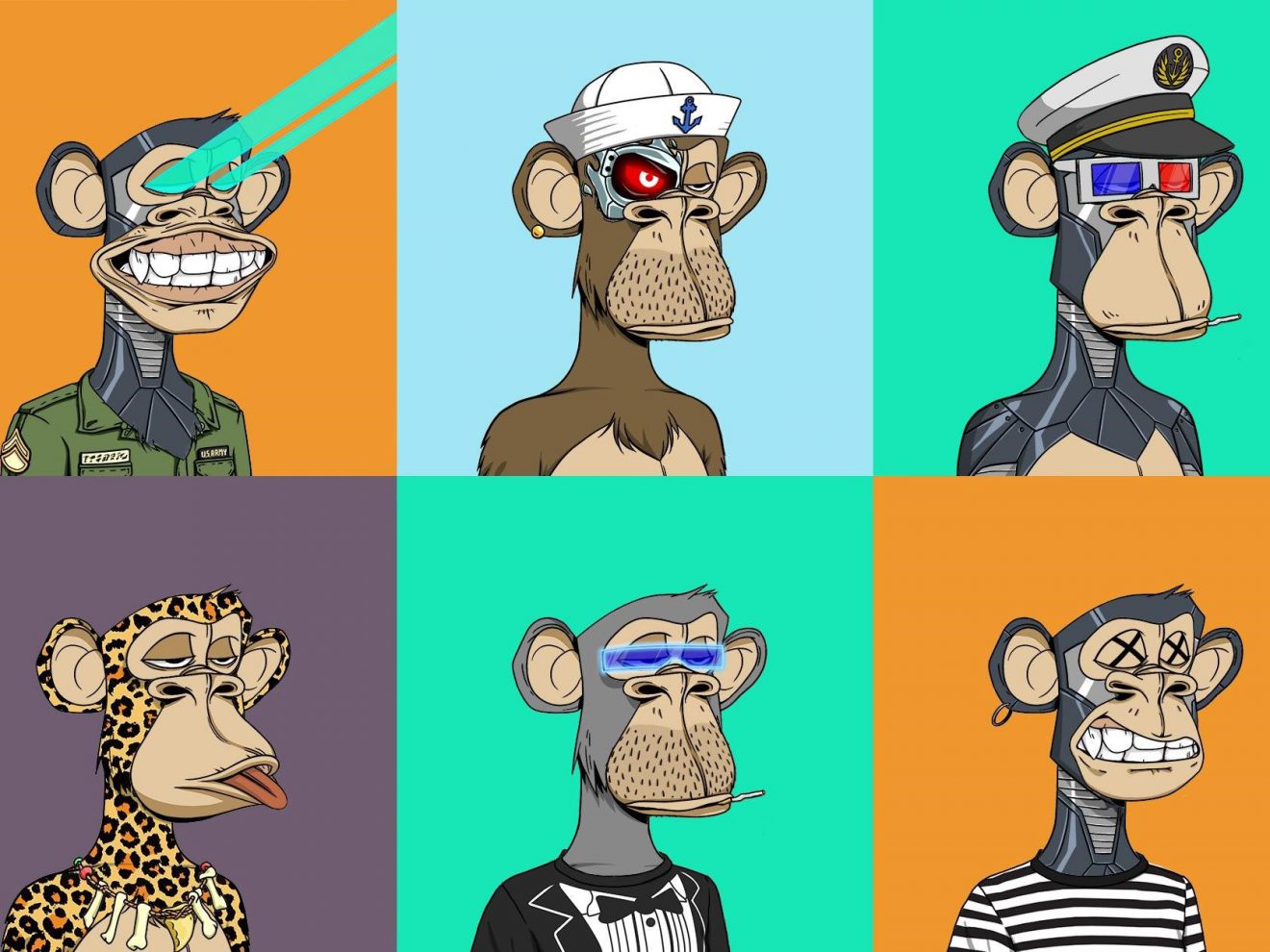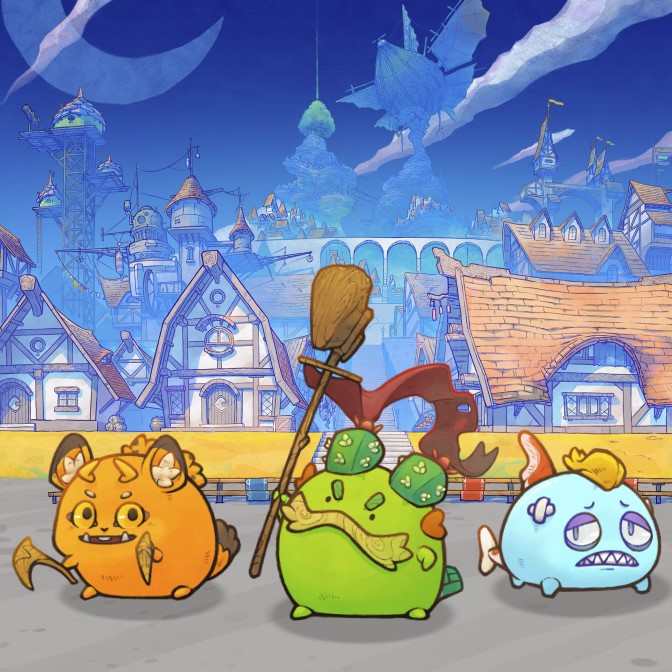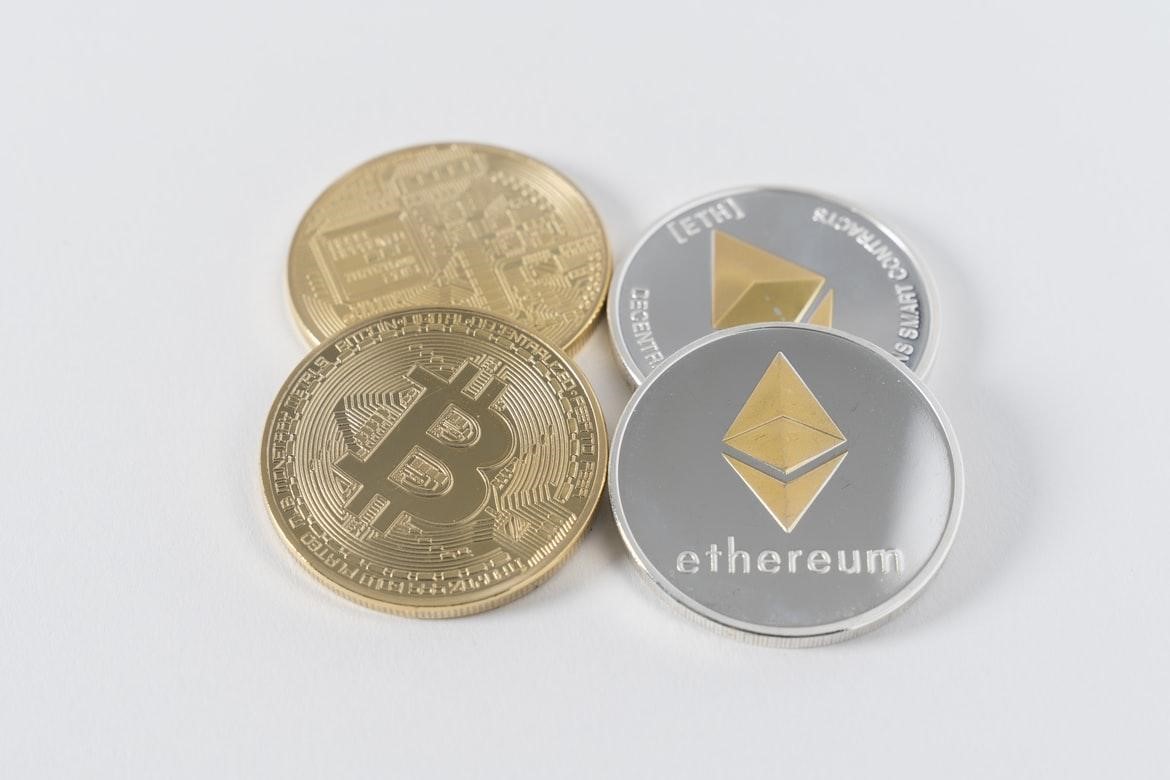When Satoshi Nakamoto famously wrote the Bitcoin white paper on November 13, 2008, it proposed to solve the Byzantine Generals problem. The Byzantine Generals Problem is solving the puzzle of how multiple, separated generals can achieve consensus on the time to attack a particular city.
13 years later the world of crypto is starting to see wider adoption. In 2021 every major media outlet at one point was talking about the rise of crypto, especially NFTs.
That said, we are still very early. The vibe reminds me of the early days of the internet. There is lots of excitement by “crypto degens” who probably number less than 1 million globally, but the general public has yet to be impacted in a meaningful way. The public interest seems to be around speculation rather than use cases of applications that benefit from decentralization. This is akin to 1998-2000 when there were few actual Internet users, but the excitement over the potential of the Internet fuelled a massive bubble the spectacularly blew up in 2000.
For the non-initiated, the best analogy to use is that the blockchain is a decentralized computer and database. Instead of using your own servers in a data centre, you use a decentralized network like Ethereum to build decentralized applications on top of it called dApps. Most of the applications you hear of are built on top of Ethereum: Uniswap, Compound, OpenSea. In order to pay for the transactions on Ethereum you pay “gas fees,” not to dissimilar to the way you would pay AWS.
Because gas fees are high and transaction speeds slow on Ethereum, several competing platforms have emerged like Solana or Avalanche (L1s in crypto parlance) with their own set of applications built on top of them. In a way this mimics the operating system wars of the 1980s and 1990s where Microsoft was fighting Apple and Linux for dominance.
The confusion in the public mind comes from the fact that crypto companies usually issue a coin for you to transact in them – not to dissimilar to in-game currencies in video games or the poker chips you use in casinos. As a result, people refer to them as crypto currencies. However, they are not really currencies. A currency is a unit of account that is inexpensive to transact in, readily accepted and a store of value. Crypto “currencies” do not meet any of these requirements. They are the typically the means of interacting with a specific application.
BTW Bitcoin is a bit of an exception. It’s not meant to be a decentralized computer that you build applications on top of. It’s merely meant to be a form of digital gold. It’s worth noting that being a digital store of value is valuable. If you live in a country with capital controls and/or high inflation, you might try to store value in physical gold or diamonds but buying those is extremely inconvenient. Bitcoin is a good alternative.
In general, blockchain applications are more secure than centralized applications because you would need to hack 51% of the computers maintaining the network to change them. As a result, you can imagine they could be great to record payments, loans, votes, health records, product inventories, stock ownership, house ownership, digital art, game collectible ownership, or even identification. Blockchains can also be used to store files and information in a way that can’t be censored. However, it’s worth noting that not all applications benefit from decentralization because decentralization is slower and more expensive. There are also many roles that centralized entities (typically companies) play in building and maintaining a business that may not be easy to replicate (though for some use cases DAOs can play that role).
For a full summary of what’s going on in crypto watch the video below.
For your reference I am including the slides I used during this episode.
On-going disruption
Crypto is disrupting many areas and creating many verticals. In 2021, we are witnessing the upheaval of legacy markets like finance, art, and games.
Finance in particular feels vulnerable. It makes no sense that stock trades or wire transfers take days to settle or that trading happens at set times, all of which is controlled by expensive cumbersome intermediaries. As a result decentralized finance is sending shock waves into the industry. Over the past year, Uniswap, a decentralized exchange (or DEX) grew from nothing to billions of dollars of transactions per day. Impressive for a company with just 30 employees!
Lending is also being disrupted by protocols like AAVE or Compound. Since the barrier of entry to be a lender on these protocols are not as strict as traditional lending, people are flocking to these decentralized lending platforms to earn yield.
Traditional art is seeing innovation from NFT projects like Bored Ape Yacht Club (BAYC), Crypto Punks, and many others whose owners are often everyday folks on Twitter. NFT owners showcase their art as a profile picture on Twitter.

In gaming the sudden rise of Play-to-Earn games by Axie Infinity, people are becoming aware of the potential of digital ownership of characters, skins, weapons, etc. in games. Imagine if you owned the character (including the skin, dance, and weapon) who won the Fornite World Cup 2019. This makes gaming even valuable since users can buy, trade, and sell for profit. Furthermore, players earn native tokens to playing the game, winning challenges, or defeating other players. These native tokens can be swapped for Ethereum and then exchanged for fiat.

Regulation
Crypto is still a fairly unregulated space compared to other areas. This is bound to change in the coming days, months, and years. The SEC’s recent hire of Gary Gensler is indicative of this. Gensler is an expert in blockchain and crypto so many are closely watching the SEC.

When regulation happens, it will not kill crypto exchanges. It will most likely increase adoption as more people will feel safer buying crypto.
Terms
It is important that we understand the basic terminology from the world of crypto. So here are some terms to know:
Cryptography: Securely protects the transfer of information against 3rd party interferences.
Blockchain: A decentralized network of computers used to create a trusted ledger.
Proof-of-Work: Used to validate transactions on the blockchain.
Proof-of-Stake: An alternative to PoW to solve the energy consumption problem. PoS allows random token holders to be the next validator of a transaction.
Bitcoin: The most well-known cryptocurrency even though it is less of a currency and more of a store of value.
Ethereum: is a globally distributed computer with smart contracts.
DApp: Decentralized applications built on blockchains like Ethereum, Solana, Cardano, etc.
DAO: Decentralized Autonomous Organization. Similar to an LLC the DAO relies on all its members to make decisions on the future. Members are token holders of the DApp.
NFTs: Non-fungible tokens are assets that are unique, digitally scarce, and indivisible.
Tokens: Digitals assets that live on the blockchain.
Stablecoin: are cryptos tied typically to the US dollar.
Exchanges: Platforms used to exchange or buy cryptos. There are centralized exchanges like Coinbase and Binance, and decentralized exchanges like Uniswap and Sushiswap
Web 3.0: Decentralized web where you own your own data.
TVL: Total value locked. These are tokens locked inside of DApps
DEX: Decentralized exchanges like Uniswap.
Staking: is the earning yield on your tokens.
Play to Earn: Games built on the blockchain and the players earn native tokens that can be exchanged for other cryptos. E.g. Axie Infinity, Star Atlas.
Metaverse: is a shared virtual world where people meet up, buy NFTs, play games, or hang out.
Cross-chain: the capacity to connect different protocols like a superhighway where all the cryptos have interoperability.
HODL: hold on for dear life.
FUD: fear, uncertainty, and doubt.
GM: Good morning.
What’s the future?
Even though we are likely to see a crypto crash in the coming years, I am very bullish on the future of decentralized applications. We are still at the very beginning of adoption and the most compelling use cases have yet to be discovered!

If you’re looking for exposure in crypto I recommend using an exchange that is well known like Coinbase. Make sure that you are safely securing your passwords. My preliminary list for safety:
- Have a dedicated email address that is secret
- Use a password manager like Keeper
- Use Coinbase Pro because it has low fees and decent UX/UI
- Use a hardware key like Yubikey
It’s simplest if you just buy 50% BTC, 40% ETH and 10% SOL to start.
Good luck!
If you prefer, you can listen to the episode in the embedded podcast player:
In addition to the above Youtube video and embedded podcast player, you can also listen to the podcast on:
